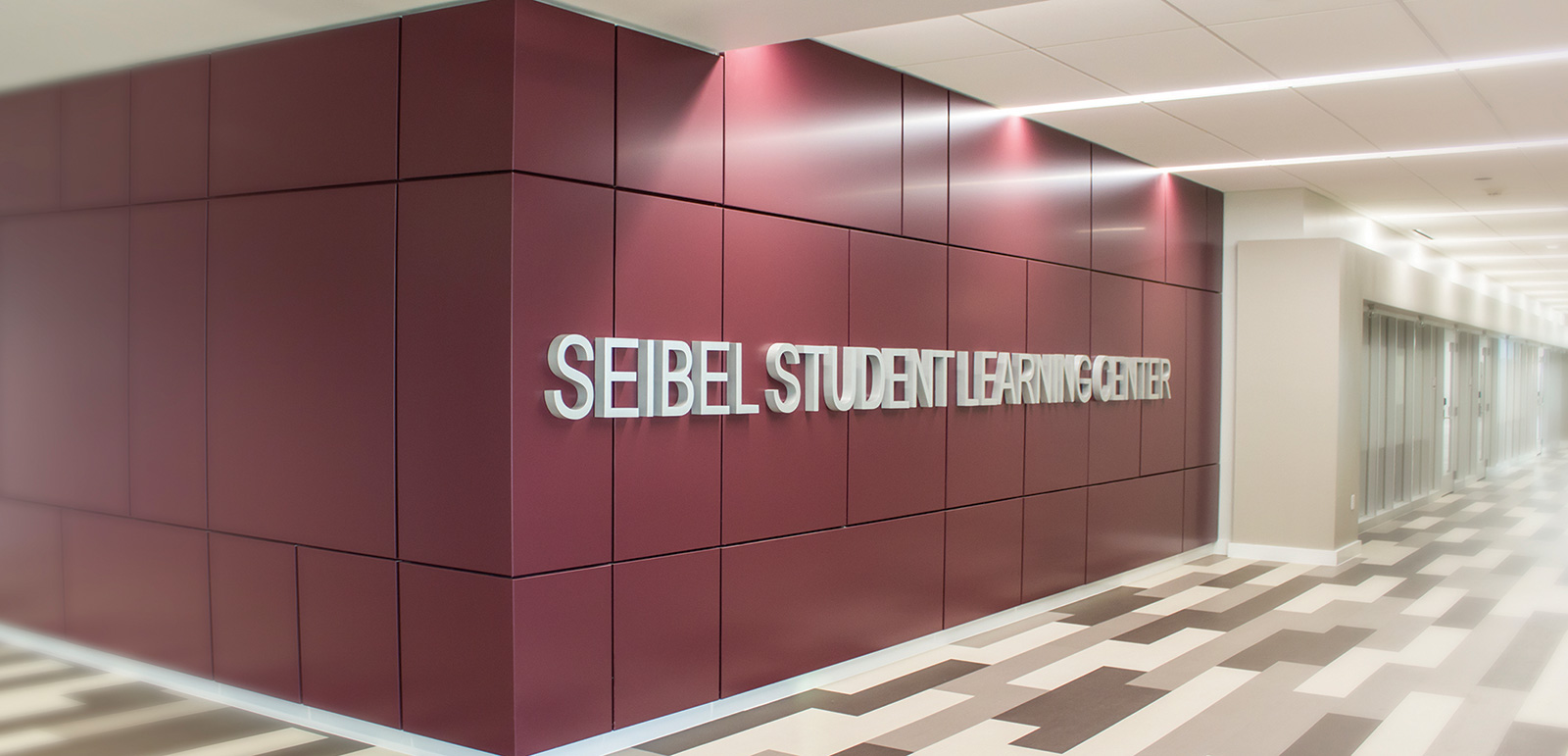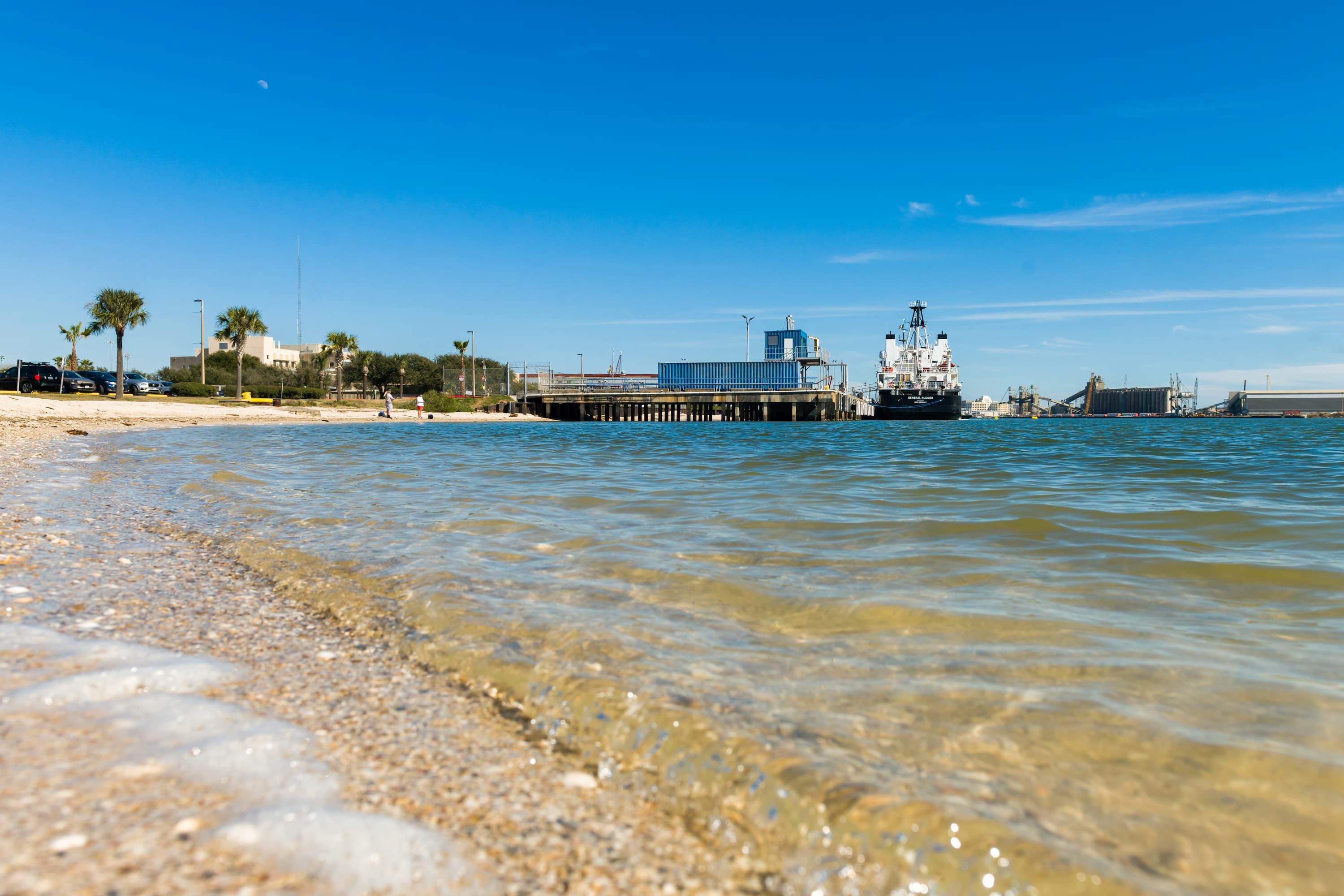We strive to achieve our mission through taking actionable steps towards the institutional goals of:
- Giving students the support and information necessary to persist beyond their first year
Addresses Strategic Plan 1:2:1: First year retention will be measured as one-year persistence for first-time entering freshman within program, within campus, and within university.Every effort will be made to improve all three component areas. For example, targets for first year retention will be 70% within campus and 90% or better when programs on the entire university are included.
- Ensuring that each student is receiving adequate academic advising to feel confident in their academic path
Addresses Strategic Plan 1:2:2: Academic advising will be assessed by student satisfaction each semester during the first four semesters and then at graduation and five years post-graduation. We will achieve a student satisfaction rating of 75% or more for academic advising.
- Encouraging students to become self-aware & self-directed in determining their future & decisions
Addresses Strategic Plan 1:2:3: First year program improvements should also result in improved 4-year and 6-year graduation rates within program, within campus, and within university. Graduation will be measured based on first time entering students. Targets for 4-year rates will increase to at least 40% and 70% for within campus and within university to at least 80% (comparable to STEM College on main campus).
- Providing ample guidance for students to become engaged in high-impact opportunities
Addresses Strategic Plan 1:1:2: Increase the overall number of high impact practices and achieve at least two high impact practices per undergraduate student. High impact practices will be defined as freshman seminars, learning community participation, study abroad, capstone experiences, undergraduate research, and “service learning”. The measure will be directly tied to tracking of the current Quality Education plan.
- Assisting students in navigating the most efficient path through their academic career to reach their long-term goals
Addresses Strategic Plan 1:3:1: Time to degree at TAMUG will be measured based on incoming first year students and measured by enrolled fall and spring semesters. Time to degree will decrease from an overall average of 4.5+/-0.2 years down to 4.0-4.2 years for all undergraduate programs (120 credits) and 4.5 years for engineering technology and license option programs (>130 credits) to support students to graduate faster and with lower debt.
- Providing pathways & support for under-represented minorities to achieve academic success
Addresses Strategic Plan 3:3:1: We will maintain enrollment of under-represented minorities above the average for our national peers in ocean & maritime affairs programs.
- Working collaboratively with students to individualized solutions for their academic hurdles
Addresses Strategic Plan 3:3:2: We will increase student satisfaction with the campus climate for multiculturalism to 75% or better including subpopulations of gender, ethnicity & race, veterans, & non-traditional age students.
Addresses Strategic Plan 3:3:3: Galveston based faculty, staff, & students will rate the campus climate as acceptable or favorable across all dimensions as comparable with TAMU colleges.

 https://www.tamug.edu/ 409-740-4400 Galveston TX 77554 USA TAMUG Facebook TAMUG Twitter TAMUG Instagram TAMUG LinkedIn TAMUG Youtube
https://www.tamug.edu/ 409-740-4400 Galveston TX 77554 USA TAMUG Facebook TAMUG Twitter TAMUG Instagram TAMUG LinkedIn TAMUG Youtube  https://www.tamug.edu/ 409-740-4400 Galveston TX 77554 USA TAMUG Facebook TAMUG Twitter TAMUG Instagram TAMUG LinkedIn TAMUG Youtube
https://www.tamug.edu/ 409-740-4400 Galveston TX 77554 USA TAMUG Facebook TAMUG Twitter TAMUG Instagram TAMUG LinkedIn TAMUG Youtube